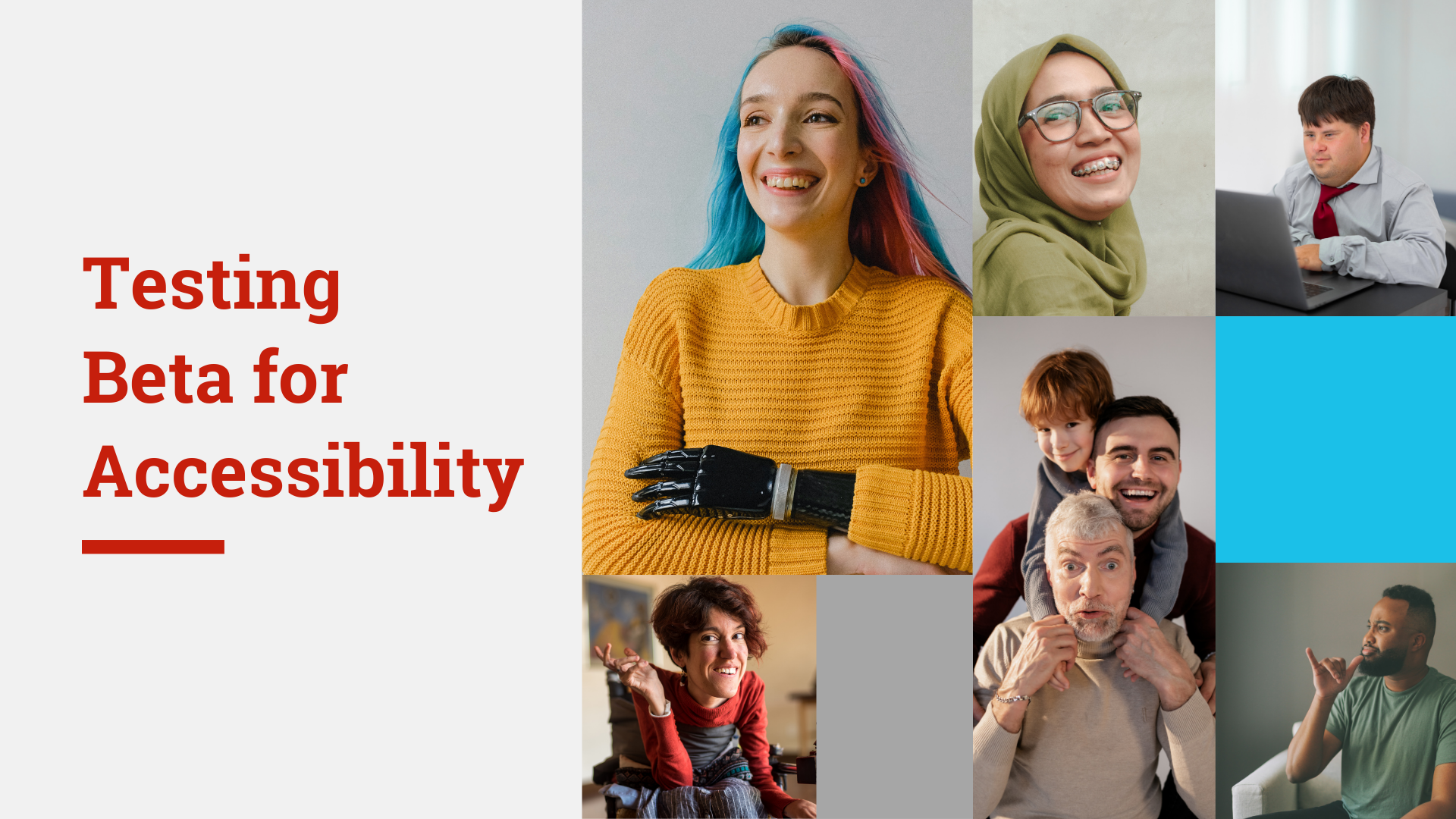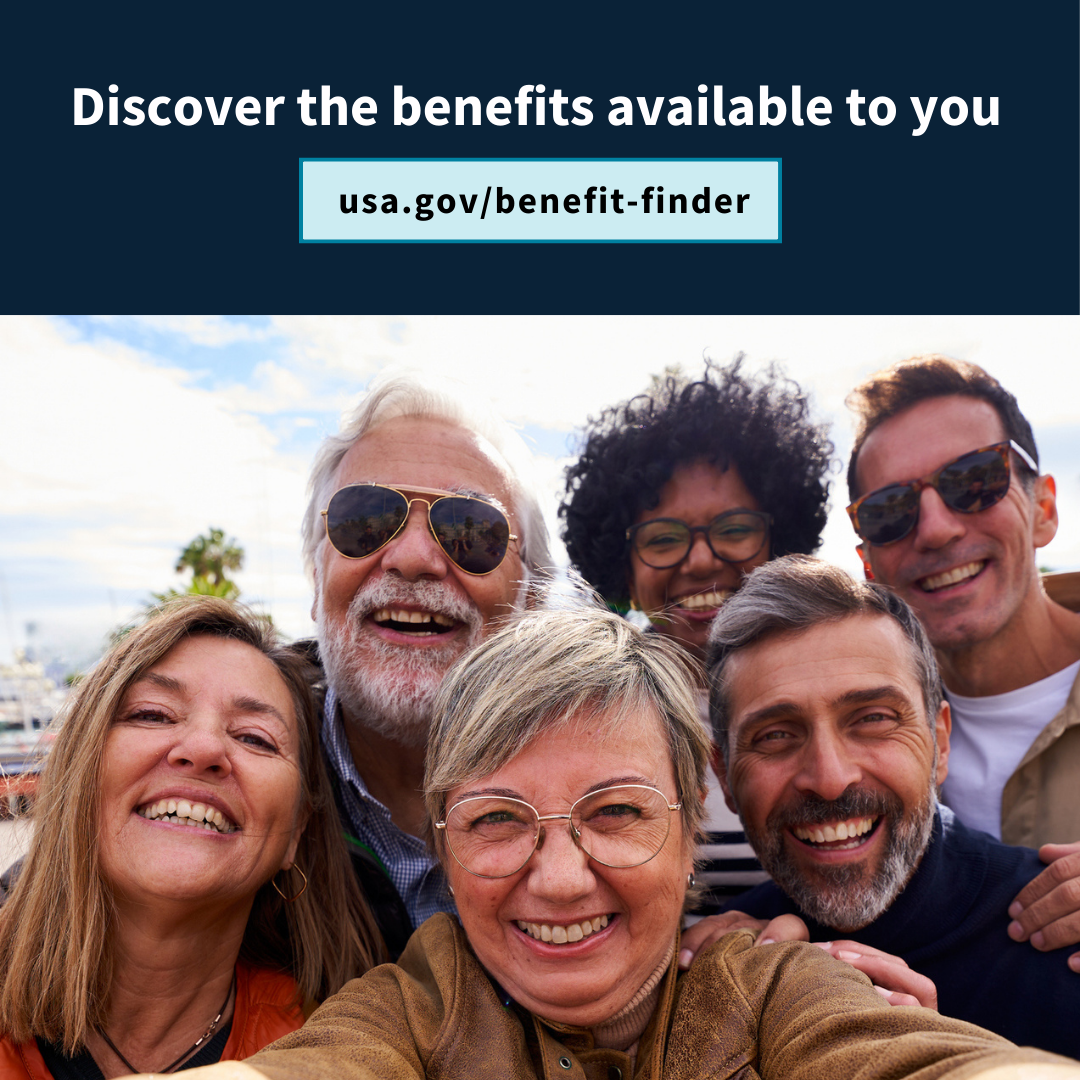The USAGov team strives to ensure all our websites are accessible to as many people as possible. This includes those who need the use of specialized assistive technologies when browsing the internet. As a result, in building beta.USA.gov we deliberately validated that it met Section 508 and WCAG 2.0 compliance requirements.
This mindset wasn't only applied to the testing phase of beta but in all phases of the project including prototyping. Our testing approach includes a three step hybrid method that may be suitable for other agency use.
1. Automated testing
We began testing by using automated tools that can scan every webpage of beta.USA.gov. These tools can check and report on WCAG noncompliance directly in your browser, which can be a helpful starting point as they provide quick and actionable feedback on your sites.
2. Screen reader testing
After checking and fixing issues found during automated testing, we moved on to manual testing with screen readers. We tested the top three screen readers by usage (JAWS, VoiceOver, and NVDA) to ensure we weren’t only listening to our web pages with a single tool. This testing uncovered several universal issues that were on every page of the site, including:
- “Skip to main content” text being read in English on beta’s Spanish pages.
- “Skip to main content” not moving users to the main heading of the page as it was supposed to.
- Unreadable selected items in the left navigation menu.
- Unnecessary HTML lists in the header.
- Unreadable alternative text for images in the “Share this page” tool in our footer.
Thanks to this testing, we are able to address another layer of issues that automated testing could not scan.
3. Manual keyboard testing
To support individuals who rely solely on keyboard navigation, we tested the site to ensure all elements had appropriate visual focus and could be navigated properly on keyboard. This level of testing showed that we needed to go back and apply visible focus to the U.S. Web Design System card component. To address this, we added an outline allowing the visual focus to be easier to find when tabbing through the page.
Working with our developers
With the multi-step process to ensure an accessible website, clear communication was essential. A key part to our efforts was working with our developers throughout the entire process. We needed to ensure all team members understood any issues identified and next steps to correct those issues. To do this, we would replicate errors with the developer team so they could better understand what we were addressing. Beyond the universal understanding by team members, by promoting accessibility from the beginning, we have also been able to maintain our project schedule.
Future steps
To ensure that our websites remain accessible, we incorporate accessibility into our work culture. Today, we routinely check our sites for any accessibility errors, maintain open lines of communication, and promptly address any issues. We are proud of the steps we have taken to make our website accessible, and we will continue to strive to make it even better.
About the Building Beta Series
The “Building Beta” series highlights our approach to work in creating beta.USA.gov and beta.USA.gov en Español. Follow along to learn how the USAGov team worked to create the new iteration of our bilingual sites. For more information about the beta websites, check out this post.




.png)